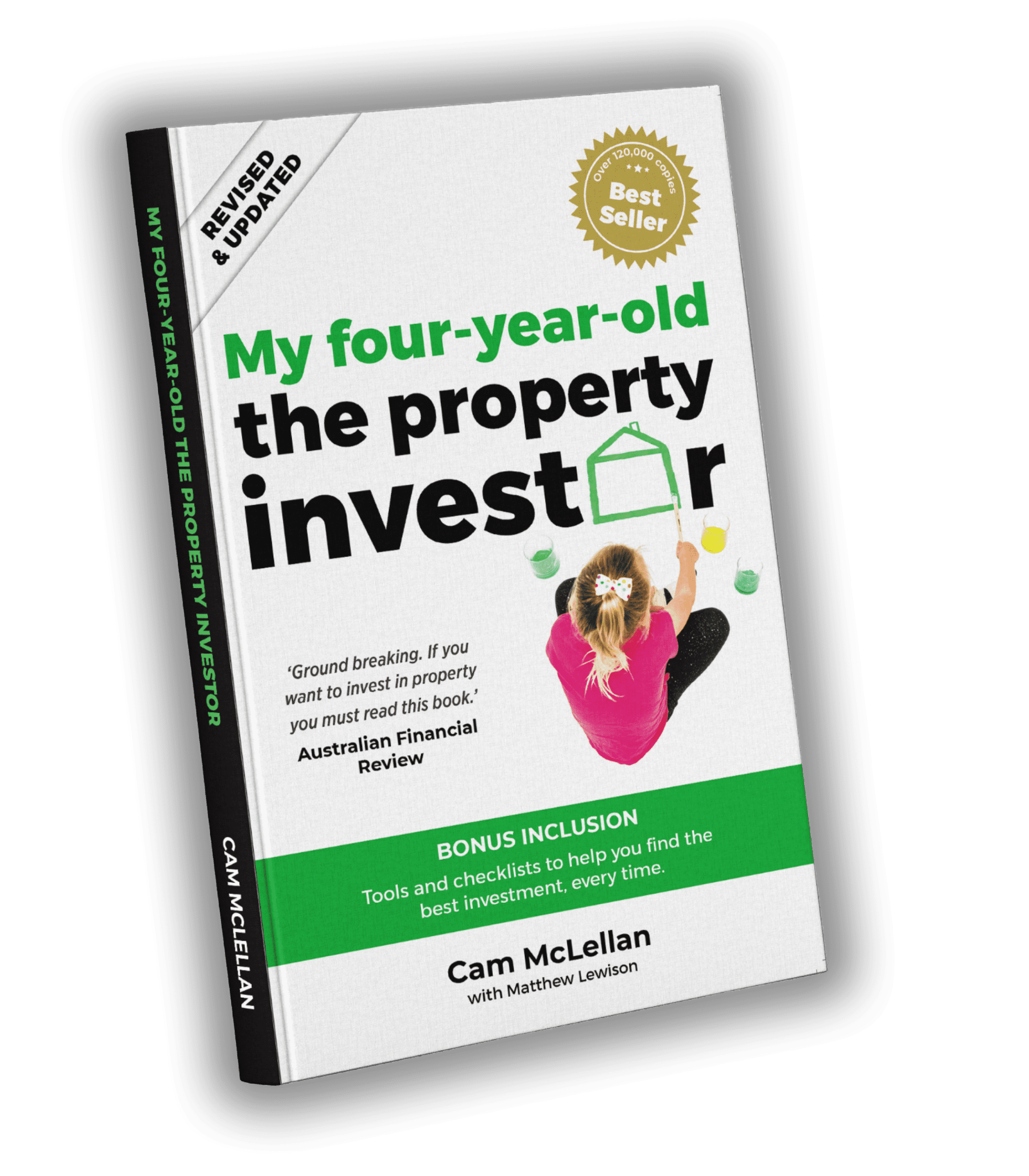Stuck on property number one? Building a multi-property investment portfolio doesn’t need to take years of saving, waiting, planning and preparation. What it does require is a passion for property investing, a commitment to learning, and a personalised approach to reaching your financial goals.
Thankfully, the first property is generally the hardest. With that hurdle already completed, there a number of routes you can take to reach your financial goals.
Of the many strategies that Australian property investors use every day, here are the top six investment property strategies we see used successfully. We recommend using a few of them together to maximise your results.
Build Your Portfolio with These Property Investment Strategies
1. Know Your Personal Goals
What is right for you as an investor might not be right for another investor. For example, if it’s your goal to make $1 million in 5 years, the particular tactics you use will be different from an investor whose end goal is $100,000 in 2 years.
When you have concrete goals in mind, you’ll be able to decide what type of property is right for you, how many properties you can invest in, and which market will best help you reach your goals.
2. Access Equity from Existing Investment Properties
If you’ve owned one or more properties for a few years, you can speed up your portfolio’s growth by leveraging your home equity.
You can use your home equity to access more funds to purchase another investment property. This means you won’t have to save for another home loan deposit for years, as the deposit is paid for from the equity on your other properties.
More properties = more equity.
You can also create home equity with active and passive property development – see the last point below for more.
3. Use Positive Cash Flows to Fund Your Future Investments
When the rental income from a property surpasses its expenses, you create a positive cash flow, thereby increasing your passive income.
If you positively gear your first property, you’ll be in a far better position to use that excess income as another deposit for a new investor home loan.
4. Turn Profits into Picture Perfect
Increasing the value of your property is essential to charging a higher rent, or increasing your chances at selling for a profit.
A well-maintained home is hot property, and improvements to fittings, fixtures and façade can make a wealth of difference for your pocket.
5. Diversify Your Investment Property Portfolio
It can be alluring to purchase a block of townhouses on the same street. After all, if they all bring in the same amount of rental income, purchasing properties in a row may appear to bring in positive cash flows.
However, if your suburb has a bad year, you’re stuck trying to find tenants for all of your properties in a soft rental market.
When your investment properties are distributed amongst a number of different suburbs, you decrease your chances of hitting a wall and slowing down your financial growth.
6. Property Development
There are two types of property development: active and passive.
Passive property development involves footing the bill for a property development project managed by another party.
This creates equity that you can then use for other investments. This strategy has high potential to deliver returns quickly, but also a high amount of risk.
On the other hand, active property development involves managing the entire project by yourself. You don’t need to have any specific credentials or licences, but a lot of elbow grease is required.
If you’re successful, you can sell the properties, use them as equity for another investment, or hold on to them and increase your capital growth.
Approaching property investment from a number of angles is key to growing your portfolio with high returns. Before you begin employing any real estate investment strategy, determine whether it’s right for you by asking yourself:
• Will this help me reach my financial goals in the short term?
• Will this help me reach my financial goals in the long term?
• Will this property help me purchase more investment properties, or limit my ability to access further credit?
• If a high level of risk is involved, do I have the knowledge to mitigate substantial losses?
If you’re struggling to answer these questions alone, please don’t hesitate to contact one of our property investment consultants here at OpenCorp!








